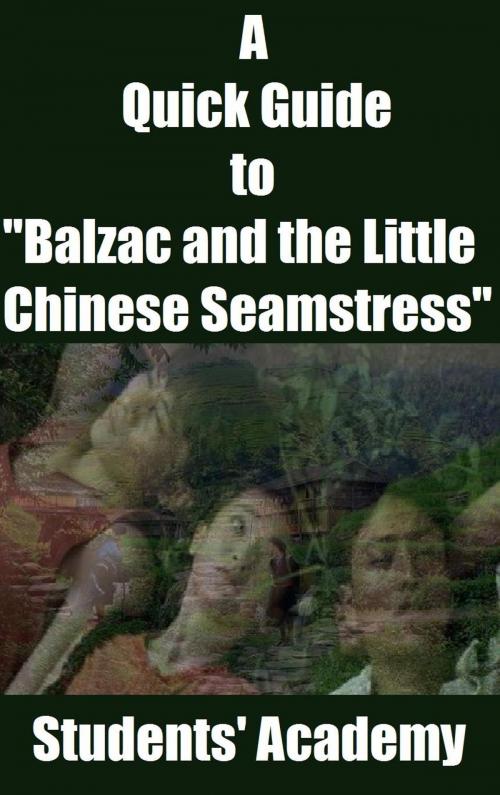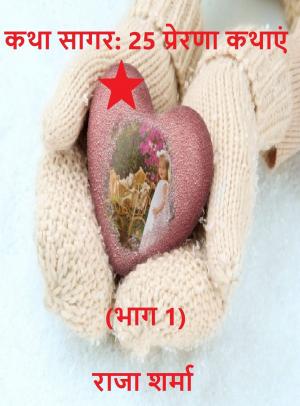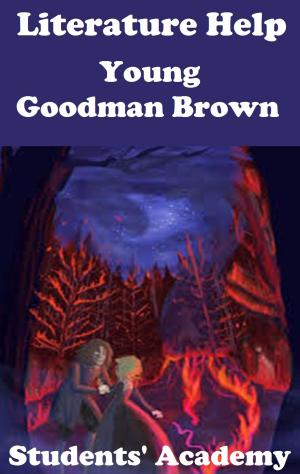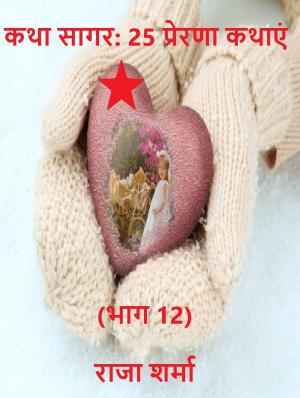A Quick Guide to "Balzac and the Little Chinese Seamstress"
Fiction & Literature, Cultural Heritage, Nonfiction, Reference & Language, Study Aids| Author: | Students' Academy | ISBN: | 9781301212477 |
| Publisher: | Raja Sharma | Publication: | August 19, 2013 |
| Imprint: | Smashwords Edition | Language: | English |
| Author: | Students' Academy |
| ISBN: | 9781301212477 |
| Publisher: | Raja Sharma |
| Publication: | August 19, 2013 |
| Imprint: | Smashwords Edition |
| Language: | English |
The story of the novel revolves around two youths from city. They are sent to a mountain village to be re-educated while the Cultural Revolution in China was going on.
The setting of the novel and most of the details in the novel are inspired by Dai’s own life, but the plot of the novel is fictional.
Dai was born in Chengdu, and so are the two boys. The author was also sent to a mountain village to be re-educated at the age of seventeen though he was from a very modest origin. He was the son of a tailor. He got a stolen suitcase full of Chinese translations of Sigmund Freud’s work. He took the help of those texts to understand the minds of the villagers.
A Quick Guide to "Balzac and the Little Chinese Seamstress"
Copyright
Chapter One: Introduction
Chapter Two: Characters
Chapter Three: Plot Overview
Chapter Four: Complete Summary
Part I
Part II
Part III
Chapter Five: Thematic Analysis
The story of the novel revolves around two youths from city. They are sent to a mountain village to be re-educated while the Cultural Revolution in China was going on.
The setting of the novel and most of the details in the novel are inspired by Dai’s own life, but the plot of the novel is fictional.
Dai was born in Chengdu, and so are the two boys. The author was also sent to a mountain village to be re-educated at the age of seventeen though he was from a very modest origin. He was the son of a tailor. He got a stolen suitcase full of Chinese translations of Sigmund Freud’s work. He took the help of those texts to understand the minds of the villagers.
A Quick Guide to "Balzac and the Little Chinese Seamstress"
Copyright
Chapter One: Introduction
Chapter Two: Characters
Chapter Three: Plot Overview
Chapter Four: Complete Summary
Part I
Part II
Part III
Chapter Five: Thematic Analysis















